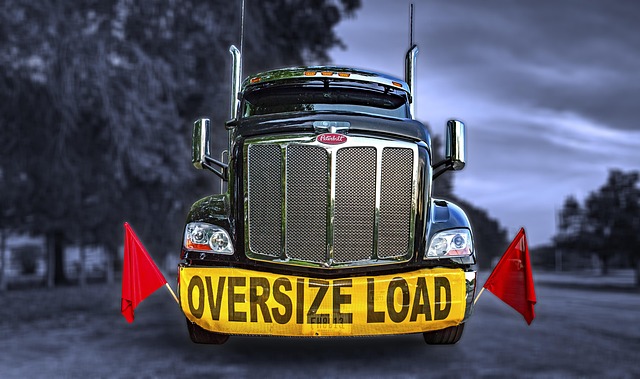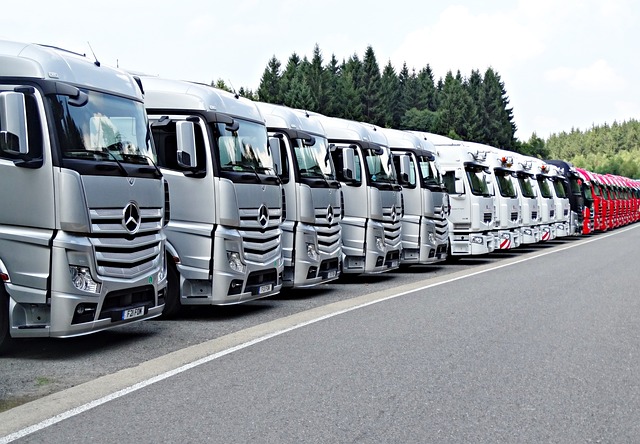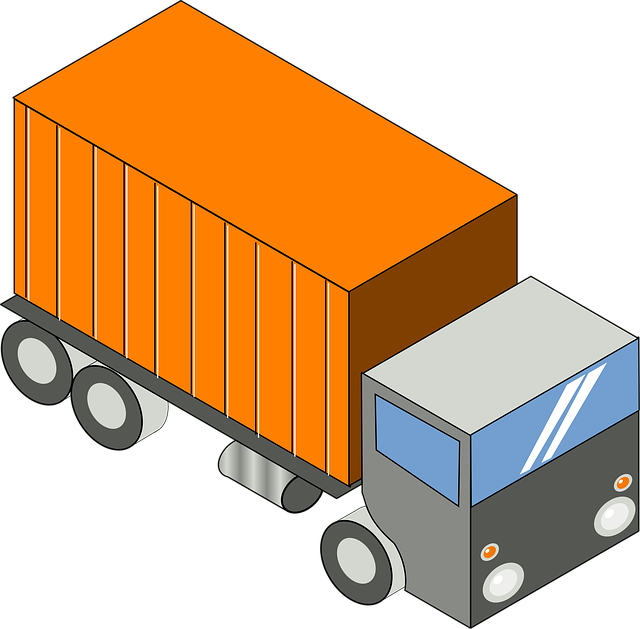Looking to register your car in California? This comprehensive guide will walk you through the process, ensuring a smooth transition. From understanding eligibility requirements to gathering essential documents, performing crucial DMV VIN verification, and completing applications, we’ve got you covered. By following these steps, you’ll be on your way to receiving your official California registration papers in no time.
- Understand Eligibility Requirements for Car Registration
- Gather Necessary Documents for DMV Visit
- Perform Vehicle Identification Number (VIN) Verification
- Complete Application and Pay Registration Fees
- Receive Your California Registration Papers
Understand Eligibility Requirements for Car Registration

Before you begin the registration process, it’s crucial to understand the eligibility requirements set by the California Department of Motor Vehicles (DMV). To register your car in California, your vehicle must meet certain criteria, such as being legally imported and up-to-date with all necessary safety inspections. One essential step is the DMV VIN verification process, which ensures that the vehicle’s unique identifier, the Vehicle Identification Number (VIN), matches the details on record. This can be done through a standard vin inspection or, for added convenience, a mobile vin verification service.
Additionally, your car must have valid registration plates and documentation proving your identity and residency within California. The DMV offers both online and in-person registration options. For those who opt for an in-person visit, they can complete the process at any local DMV field office. Alternatively, many services now provide mobile vin inspection and registration assistance, making it easier than ever to get your car registered while on the go.
Gather Necessary Documents for DMV Visit

Before heading to the DMV, ensure you have all the required documents for a seamless car registration process. This typically includes your vehicle’s title, which proves ownership, and proof of insurance. It is also crucial to bring along the vehicle identification number (VIN) verification report from your mobile vin inspection or mobile vin verifier. This document is essential for the DMV to conduct a thorough check during the registration.
Additionally, have your driver’s license and any relevant identification cards ready. The DMV may also require you to provide proof of residency, such as a utility bill or bank statement, especially if this is your first time registering a vehicle in California. Remember, having these documents readily available can significantly speed up the registration process.
Perform Vehicle Identification Number (VIN) Verification

Before registering your car in California, it’s crucial to ensure that the vehicle’s identification number (VIN) is legitimate and matches the make and model on record. This process, known as DMV VIN verification, is a critical step in maintaining accurate vehicle records. You can perform this verification through a mobile vin verifier or by conducting a simple inspection yourself using the unique 17-character code found on your car’s engine block or driver’s side door jamb.
The verification involves cross-referencing the VIN with official databases to confirm its authenticity and history. This is essential for preventing fraud, ensuring safety standards are met, and accurately assigning registration and tax costs. If discrepancies are found during a vin inspection, it may indicate issues like odometer rollback or unauthorized alterations, prompting further investigation by California’s DMV.
Complete Application and Pay Registration Fees

After gathering your necessary documents, it’s time to complete the Application for Title and Registration (Form DV347). This form requires detailed information about your vehicle, including its make, model, year, and unique Vehicle Identification Number (VIN). Accurately filling out this section is crucial, as it facilitates a seamless dmv vin verification process. Along with the application, you’ll need to pay the required registration fees. California offers various payment methods, typically including cash, credit card, or debit card. Ensure that your total payment covers both the registration and any applicable taxes.
Once these steps are complete, you can expect a thorough vin inspection by the DMV to verify the vehicle’s details. This might include cross-referencing the VIN with their records and ensuring all information aligns. Interestingly, several mobile vin verification services now offer convenient alternatives for busy individuals. These apps and tools allow for quick and easy digital VIN inspections using your smartphone, further streamlining the registration process in California.
Receive Your California Registration Papers

After submitting your application for car registration at the California Department of Motor Vehicles (DMV), you’ll receive your California Registration Papers. This essential document confirms that your vehicle is legally registered and authorized for use on California roads. Before you can drive off the lot, ensure that all the information on the registration is accurate, including your personal details and vehicle identification number (VIN).
One crucial step in this process is the DMV VIN verification, which ensures the authenticity of your vehicle’s VIN. You can facilitate this through a mobile vin verifier for convenience and speed. The mobile vin inspection process verifies your car’s history and helps identify any potential issues, making it an important step to ensure both safety and legality when registering your vehicle in California.
Registering a car in California involves understanding eligibility requirements, gathering essential documents, performing a DMV VIN verification, completing an application, and paying fees. By adhering to these steps, you’ll be well on your way to securing your vehicle’s registration and enjoying the road ahead. Remember, accurate and up-to-date information is key, so always verify with the California DMV for the most current procedures.
